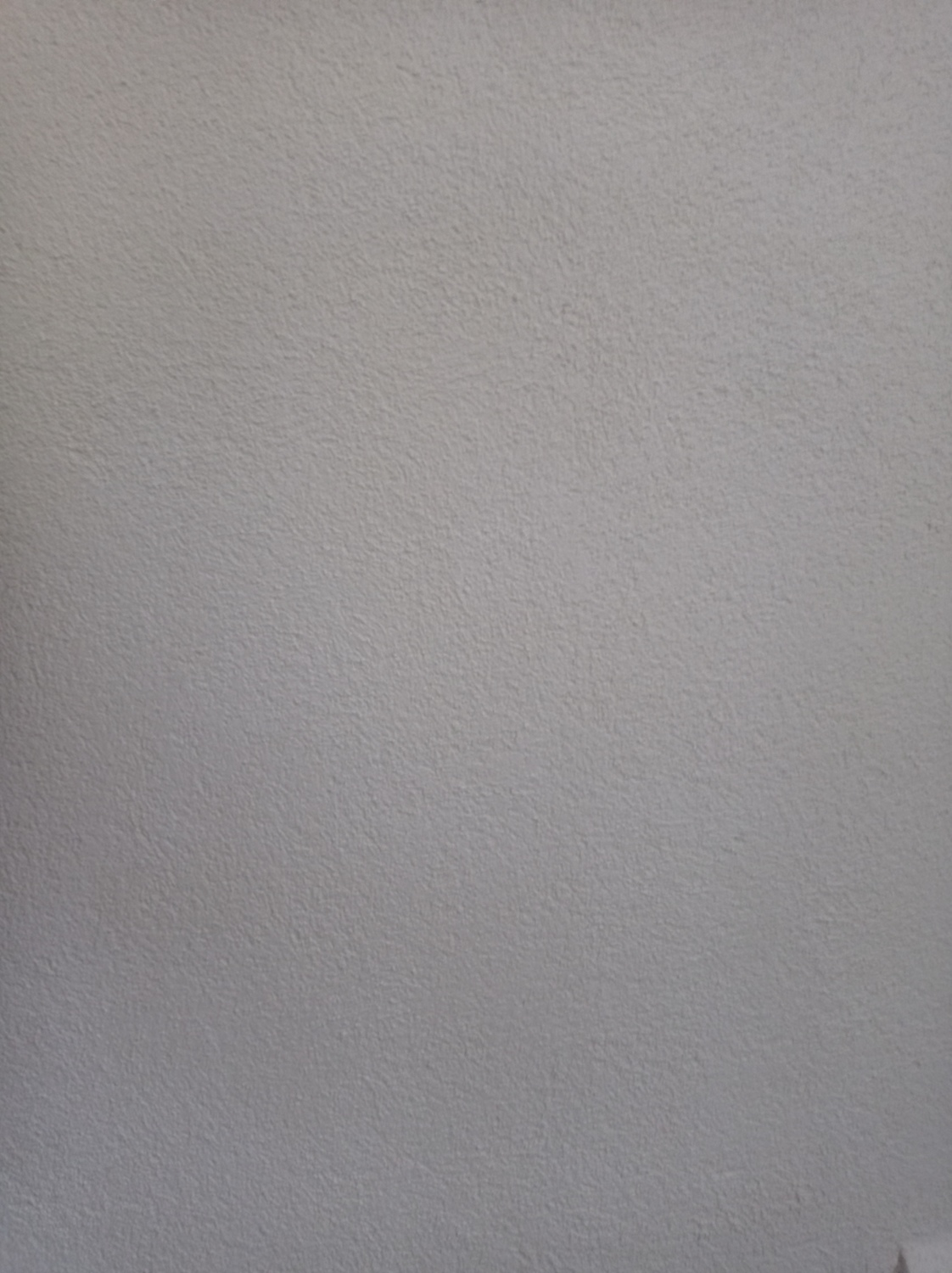Proper masking for paint job
Updated: 2022-01-13
By: Paul Bianchina
As any experienced painter will tell you, good painting is not about how to get the paint onto the surface – it's about how to keep it off everything else! A good masking job is every bit as important as a good paint job, and happily the proper tools and materials are inexpensive and easy to come by, and the techniques are easy to learn.
As any experienced painter will tell you, good painting is not about how to get the paint onto the surface – it's about how to keep it off everything else! A good masking job is every bit as important as a good paint job, and happily the proper tools and materials are inexpensive and easy to come by, and the techniques are easy to learn.

WHAT YOU NEED
Proper masking begins with good quality tape. For most jobs, you'll need rolls of both 1-inch- and 2-inch-wide top-quality masking tape. The cost difference between quality tape and bargain tape is miniscule when compared to the overall cost of the paint job, but the difference in quality and frustration can be significant, so don't scrimp. Also, only use masking tape. Duct tape, electrical tape, packaging tape, or any of the other tapes on the market that are designed for purposes other than painting will either not seal well enough to hold back the paint, or they'll seal so well that they will damage the underlying surface when you pull them off.
The most common masking tape is the standard tan tape, which will work for most projects. If you will be applying the tape in an area of high heat, such as on a metal window frame in direct sunlight, or if you're a slow painter and the masking will have to remain in place for more than a day or so, consider using the blue extended-use tape instead. This type of masking tape has a lighter tack to the adhesive so it won't harden onto the surface when heated or left on for extended periods, and it's also great for applying over more delicate surfaces such as wallpaper.
In addition to the masking tape, you will need some masking paper and painter's plastic. Masking paper is a brown Kraft paper sold in rolls of various widths, typically from 3 inches wide to 12 inches wide. Masking paper is resistant to moisture for short periods of time, and is perfect for masking baseboards, trim, windows, and many other uses. Resist the temptation to save a couple of pennies by using newspaper, which will sag and tear off when it gets wet from the paint, and can transfer ink to underlying surfaces.
Painter's plastic, which is a thin plastic sheeting, is also sold in rolls that vary from 12 inches to about 9 feet in width. Totally moisture resistant, it is used for masking anything from floors and walls to cabinets and trim.
APPLICATION TECHNIQUES
If you want your paint to stick to the wall, the wall needs to be clean – otherwise the paint simply adheres to the underlying dirt and quickly comes back off. The same principle is true with masking. If the surface you are attaching the tape to is dirty, dusty, wet, or greasy, the tape simply won't stick for very long, so make sure everything is clean and dry before you get started.
For applying the tape and paper or plastic, the ideal tool is a masking machine, which can be purchased inexpensively at any paint store or home center. A masking machine is a hand-held tool that holds both a roll of tape and a roll of paper. Simply place the tape on the large spool of the masker and the paper roll on the small spool, then unroll a short length of tape and adhere it to the edge of the paper, so that the tape is half on and half off the paper's edge. Now, simply pull the paper off the roll as you go, and the tape will unwind with it.
As it unrolls, half the tape will be attached to the paper, and the other half will be exposed for attaching it to the desired surface. Align the tape against the edge of what you're masking, then pull the masker along the edge to unroll a perfect line of paper and masking tape. Press the tape down firmly as you go for good adhesion. A built-in cutter bar on the edge of the masking machine allows you to easily tear off the paper and tape at the length you need.
Two other simple rules to remember about masking. First of all, learn to paint carefully, as if the tape isn't there. It's too easy to get a false sense of security from the presence of the tape and the paper, and even the best masking job will allow bleed-through along the edges if you put too much paint on it. Second, apply the masking a short time before you're ready to paint, and remove it as soon as practical. The longer the masking stays in place, the more likely it is to fail or to leave undesirable residue behind.
Find more in Painting
Comments (0)
